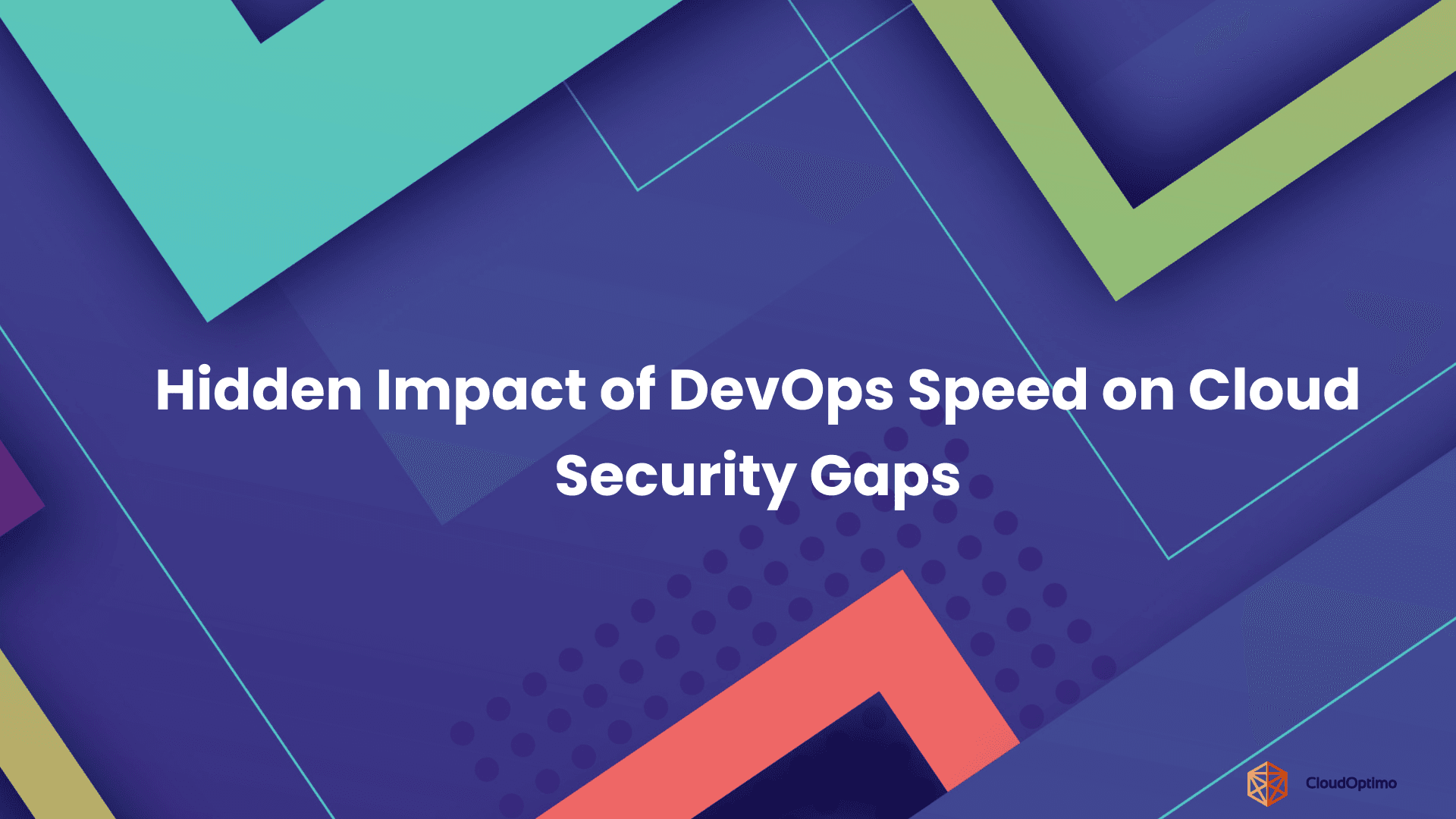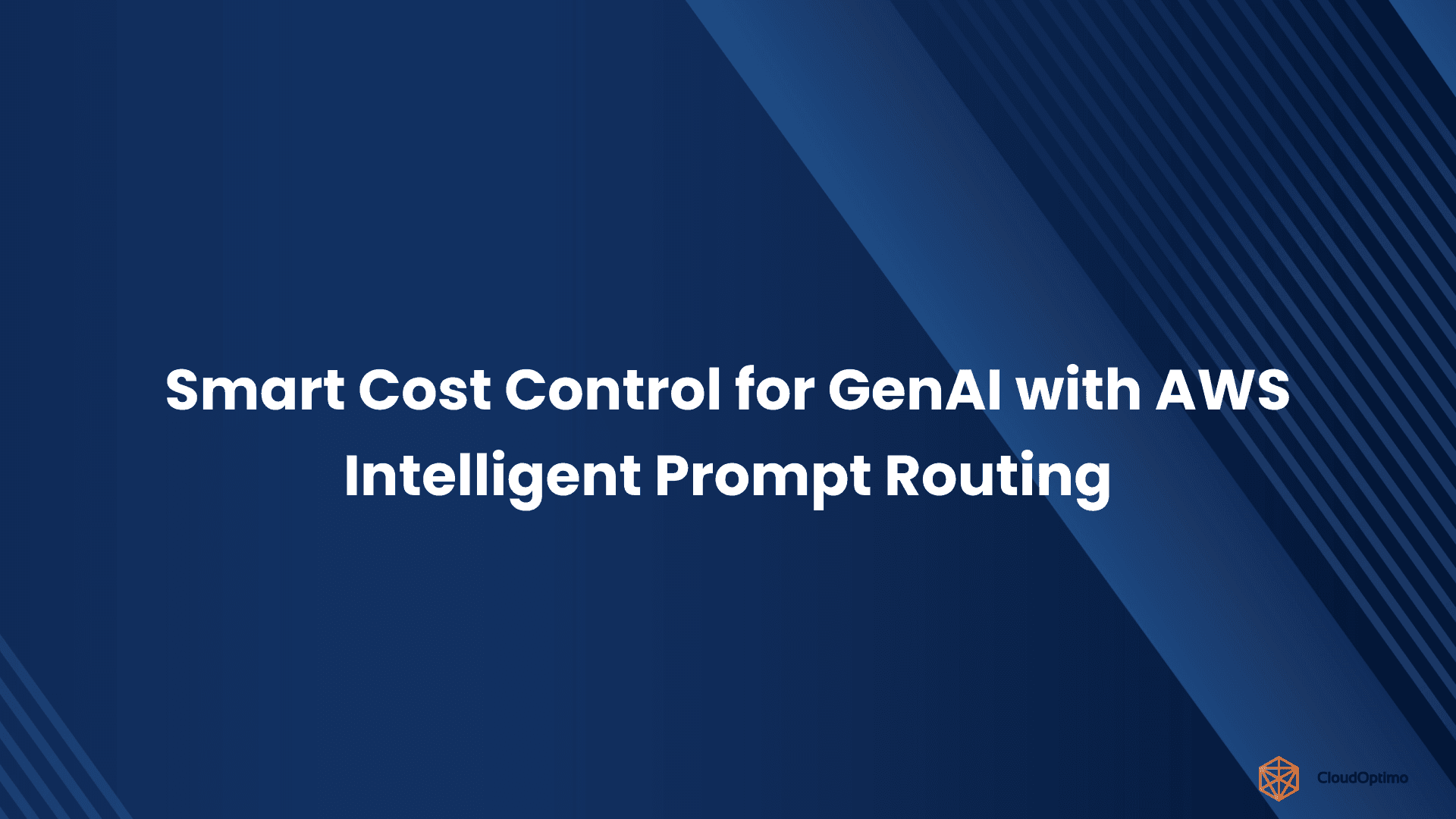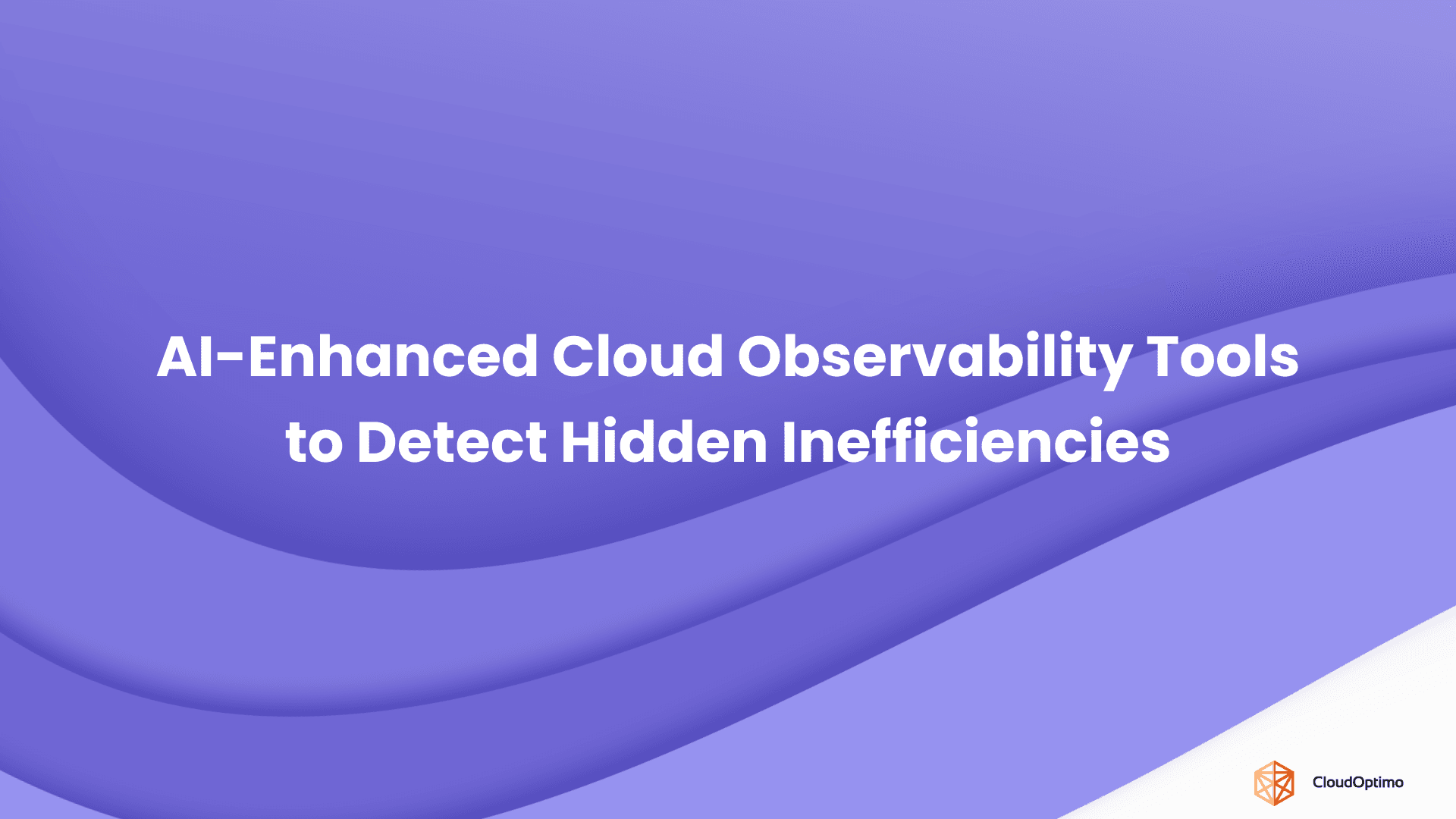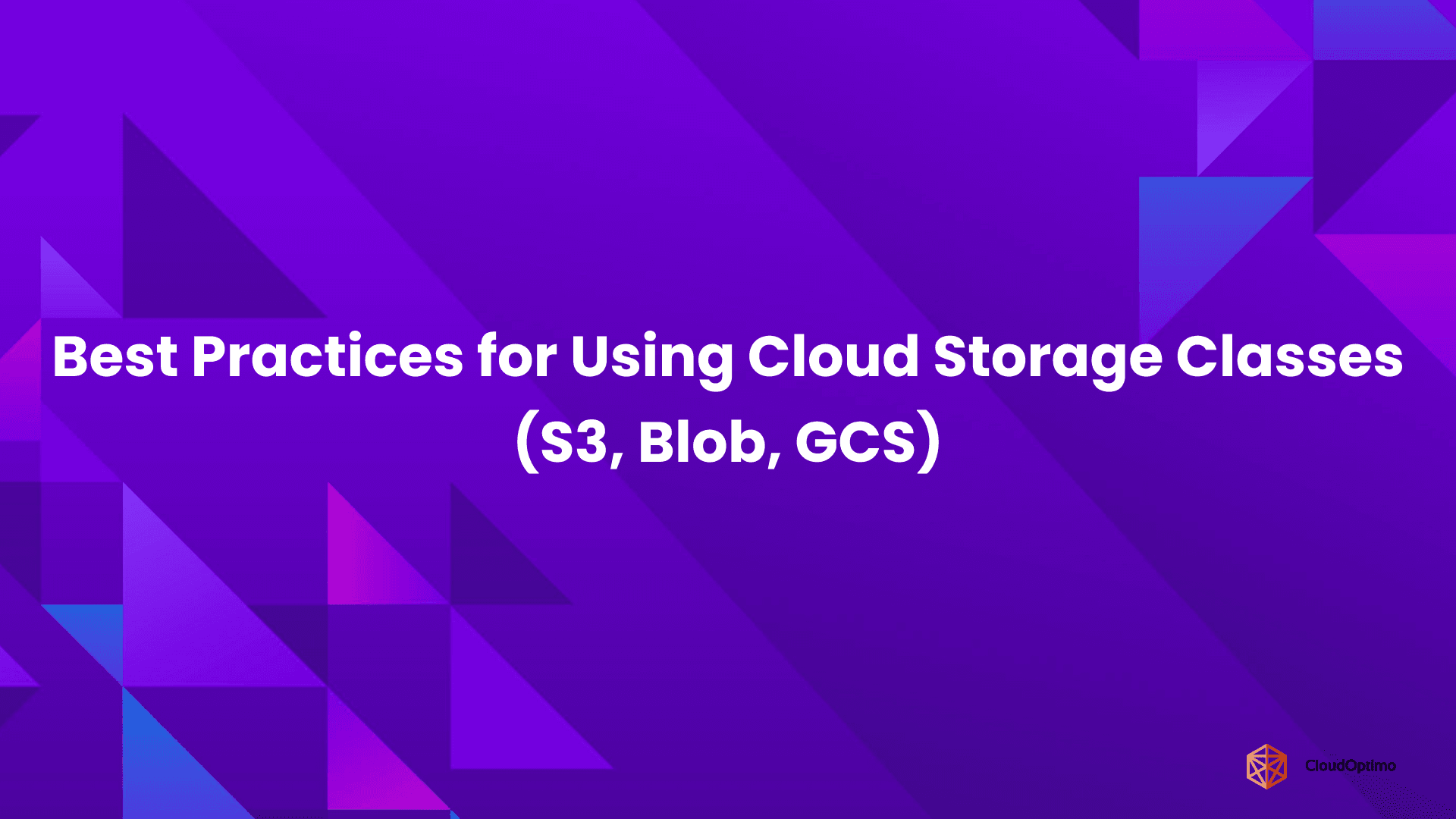Understanding EC2 Instances
EC2 instances are virtual servers hosted on AWS's infrastructure. They provide a scalable and cost-effective way to run your applications without managing physical hardware. Each instance offers a unique combination of CPU (processing power), memory (RAM), storage, and networking capabilities. Selecting the appropriate instance type depends on your workload's specific requirements.
EC2 M5 Instances for Balanced Performance
M5 instances represent the next generation of general-purpose instances on EC2. They offer a balanced blend of computing, memory, and storage resources, making them suitable for various applications. M5 instances are a compelling choice for:
- Web servers
- Dynamic Content Delivery: M5 instances handle fluctuating traffic demands efficiently, ensuring smooth performance for websites with dynamic content like user-generated content or e-commerce platforms.
- Scalability for Growth: As your web presence expands, M5 instances allow for easy horizontal scaling. You can add or remove instances to meet traffic surges without compromising performance.
- Cost-Effectiveness: Compared to compute-optimized instances, M5 instances offer a more cost-effective solution for web servers with moderate resource requirements.
- Development and test environments
- Rapid Prototyping and Iteration: The flexibility to add instances as needed allows developers to quickly spin up M5 instances for testing new features or applications. This facilitates faster development cycles and streamlined workflows.
- Resource Flexibility: M5 instances offer a variety of configurations with varying CPU, memory, and storage capacities. Developers can choose the instance type that best aligns with their testing needs, avoiding resource overprovisioning and unnecessary costs.
- Cost-Efficient Testing: M5 instances provide a cost-effective platform for development and testing compared to dedicated physical servers. You only pay for the resources you use, eliminating upfront hardware investments and ongoing maintenance costs.
- Small to medium-sized databases
- Balanced Performance: M5 instances provide sufficient processing power and memory to handle the demands of small to medium-sized databases. They can efficiently execute queries and manage data without bottlenecks.
- Scalability for Growing Databases: As your database size increases, you can seamlessly scale your M5 instances to accommodate the additional storage and processing requirements.
- Cost-Optimized for Databases: Compared to memory-optimized instances, M5 instances offer a more cost-effective solution for databases that don't require exceptionally high memory capacity.
- Batch processing
- Efficient Task Execution: M5 instances are well-suited for handling short-duration, compute-intensive tasks like data processing jobs or scientific simulations. Their balanced resources allow for efficient task completion.
- Cost-Effective Batch Processing: The on-demand nature of EC2 enables you to provision M5 instances only when needed for batch-processing tasks. This eliminates the need for dedicated servers that sit idle during non-processing periods, optimizing costs.
- Scalability for Bursts: During periods of heavy batch processing, you can easily scale up your M5 instances to handle the workload and scale back down afterward, ensuring efficient resource utilization.
Key Features of M5 Instances
M5 instances offer a compelling combination of features that cater to a wide range of workloads. Here's a closer look at some of their key strengths:
Multiple Processor Choices
Unlike some instance families with a single processor option, M5 instances provide flexibility. You can choose between:
- Intel Xeon Platinum 8000 series processors: These processors excel in delivering high clock speeds and strong single-threaded performance, ideal for general-purpose workloads and applications that benefit from responsiveness.
- AMD EPYC processors: M5a instances leverage AMD EPYC processors, known for their efficiency and cost-effectiveness. This makes them a suitable choice for workloads that prioritize value over raw processing power.
Enhanced Networking
Compared to previous generations, M5 instances boast significant improvements in network performance. This translates to:
- Faster data transfer rates: Experience smoother data movement between your instance and other resources within the AWS cloud, optimizing application responsiveness.
- Reduced latency: Lower latency minimizes delays in data transfer, leading to a more efficient and performant user experience for applications that rely heavily on network communication.
Nitro System Integration
M5 instances benefit from the innovative AWS Nitro System. This architecture replaces traditional virtualization techniques with a combination of dedicated hardware and lightweight software. Here's how it elevates M5 instance performance:
- Higher Network Throughput: The Nitro System offloads networking tasks from the CPU, freeing up processing power for your applications. This translates to significantly higher network throughput, allowing you to handle large data volumes more efficiently.
- Lower Latency: The dedicated networking hardware minimizes processing overhead, resulting in lower network latency. This is crucial for applications that require real-time communication or fast data exchange.
Storage Flexibility
M5 instances cater to diverse storage needs with a range of options:
- Elastic Block Store (EBS) volumes: EBS provides persistent, block-level storage that is ideal for applications requiring durable data storage, such as databases or file servers. You can choose from various EBS volume types, each with its own performance and cost characteristics, to tailor your storage solution to your specific needs.
- Local NVMe storage (M5d instances only): For workloads demanding exceptionally fast storage access, M5d instances offer local NVMe storage. This type of storage utilizes Non-Volatile Memory Express (NVMe) technology, delivering significantly lower latency compared to traditional EBS volumes. This makes it ideal for applications that rely on real-time data processing or frequent data access.
Scalability
M5 instances provide horizontal scaling capabilities, allowing you to adjust your compute resources on demand. This means you can:
- Scale up: If your workload demands increase, you can quickly add more M5 instances to your deployment. This ensures your applications have sufficient resources to maintain optimal performance during peak usage times.
- Scale down: During periods of low activity, you can scale down your M5 instances to optimize costs. This flexibility lets you pay only for the resources you actually use, maximizing cost-efficiency.
Exploring Different M5 Instance Sizes
The M5 instance family encompasses several sub-categories, each tailored for specific performance requirements:
| Sub-Family | Processor | vCPU | Memory (GiB) | Use Cases | Examples |
| M5 | Intel Xeon Platinum (Skylake 8175M or Cascade Lake 8259CL) | 2-96 | 8-384 |
| m5.xlarge, m5.2xlarge, m5.4xlarge, m5.8xlarge, m5.12xlarge |
| M5a | AMD EPYC 7000 | 2-96 | 8-384 |
| m5a.xlarge, m5a.2xlarge, m5a.4xlarge, m5a.8xlarge, m5a.16xlarge |
| M5d | Intel Xeon Platinum | 2-96 | 8-384 |
| m5d.xlarge, m5d.2xlarge, m5d.4xlarge, m5d.8xlarge, m5d.16xlarge |
| M5zn | Intel Xeon (Cascade Lake 8252C) | 2-48 | 8-192 |
| m5zn.2xlarge, m5zn.3xlarge, m5zn.6xlarge, m5zn.12xlarge |
| M5n | Intel Xeon Platinum (Cascade Lake 8259CL) | 2-96 | 8-384 |
| m5n.xlarge, m5n.2xlarge, m5n.4xlarge, m5n.8xlarge, m5n.16xlarge |
EC2 R5 Instances for Large-Scale Data Workloads
R5 instances excel in memory-intensive workloads, offering substantial RAM capacity for applications that demand high levels of data processing. R5 instances are ideal for:
In-memory databases:
Traditional databases store data on disk drives, leading to slower retrieval times. In-memory databases, however, leverage R5's ample memory to keep frequently accessed data readily available. This translates to significantly faster response times for applications relying on real-time data processing. R5 instances are perfect for:
- Fraud detection systems: Analyzing transactions in real-time to identify fraudulent activities.
- Real-time analytics dashboards: Displaying up-to-date insights and metrics with minimal lag.
- Caching layers: Storing frequently accessed data for quicker retrieval, reducing the load on backend databases.
Big data analytics:
Big data analytics involve processing massive datasets to extract valuable insights. R5 instances empower you to:
- Load and analyze large datasets efficiently: The high memory capacity allows you to hold more data in memory, accelerating processing times.
- Perform complex calculations in real-time: R5 instances can handle intricate statistical analysis and machine learning algorithms that require substantial memory resources.
- Run multiple analytics jobs concurrently: The robust nature of R5 instances enables you to execute several analytics tasks simultaneously without significant performance degradation.
High-performance computing (HPC) applications:
HPC applications often involve memory-intensive simulations and scientific calculations. R5 instances provide the muscle required for:
- Complex simulations: Modeling weather patterns, protein folding, or fluid dynamics with high accuracy demands significant memory to store intermediate results and calculations.
- In-memory scientific computing: Performing large-scale scientific calculations directly in memory, accelerating the processing of complex equations and models.
- Engineering simulations: Running simulations for product design, aerospace engineering, or materials science with high fidelity requires substantial memory resources.
Virtual desktops:
Virtual desktops enable users to access applications and data from any device through a remote server. R5 instances provide the memory muscle to deliver a smooth user experience for:
- Graphics-intensive applications: Running design software, video editing tools, or 3D modeling applications requires ample memory for smooth operation.
- Multitasking with multiple applications: R5 instances ensure users can work seamlessly with several applications open simultaneously on their virtual desktops.
- Memory-demanding workloads: Supporting users running resource-intensive applications like CAD software or complex data visualization tools.
By understanding these ideal use cases, you can determine if R5 instances are the optimal choice for your memory-intensive workloads on AWS.
Key Features of R5 Instances
High Memory Capacity
Compared to M5 instances, R5 boasts significantly higher memory configurations. The base R5 instance starts with 16 GiB of RAM, and the largest offering, r5.24xlarge, scales up to a whopping 768 GiB. This immense memory pool allows you to:
- Run In-Memory Databases: Store and manage large datasets entirely in RAM, enabling lightning-fast data access and retrieval for real-time applications.
- Power Big Data Analytics: Handle complex data analysis tasks that require keeping massive datasets readily available for processing. This eliminates the need for constant disk I/O operations, significantly accelerating analytics workflows.
- Fuel High-Performance Computing (HPC) Applications: Support memory-intensive simulations and scientific calculations that require vast amounts of data to reside in memory for rapid manipulation.
- Deliver Seamless Virtual Desktops: Provide a smooth user experience for applications running remotely on the cloud. With ample memory, virtual desktops can handle demanding graphics and applications efficiently.
Enhanced Processing Power
While primarily focused on memory, R5 instances still pack a punch in terms of processing power. They utilize the same latest-generation Intel Xeon Platinum 8000 series or AMD EPYC processors found in M5 instances. This ensures that even alongside substantial memory workloads, R5 instances can handle the processing demands of your applications effectively.
Advanced Networking
Similar to M5 instances, R5 instances benefit from the performance enhancements of the AWS Nitro System. This dedicated hardware and software combination delivers:
- Improved Network Throughput: R5 instances offer high network bandwidth, enabling faster data transfer between your instance and other resources within the AWS cloud or on-premises environments.
- Reduced Latency: The Nitro System minimizes network latency, ensuring near-instantaneous communication between your applications and other components. This is crucial for real-time applications and workloads that require minimal delays in data transfer.
Storage Flexibility
R5 instances cater to diverse storage needs with a variety of options:
- Traditional EBS Volumes: Leverage the scalability and durability of Elastic Block Store (EBS) volumes for persistent data storage. EBS offers a range of volume types to suit your performance and cost requirements.
- Local NVMe Storage (for select configurations): For applications requiring ultra-fast data access, certain R5 configurations provide local NVMe (Non-Volatile Memory Express) storage. This solid-state storage delivers significantly faster read and write speeds compared to traditional hard disk drives (HDDs).
Scalability
Just like M5 instances, R5 instances offer horizontal scaling capabilities. You can easily add or remove instances on the fly to adapt to fluctuating memory demands. This ensures you only pay for the resources you actually use, optimizing cost-effectiveness for your workloads. With R5 instances, you can scale up during periods of peak memory usage and scale down during less demanding times.
Exploring Different R5 Instance Sizes
The R5 instance family also offers various options catering to specific memory requirements:
| Sub-Family | Processor | vCPU | Memory (GiB) | Use Cases | Examples |
| R5 | Intel Xeon (Skylake 8175M or Cascade Lake 8259CL) | 2-96 | 16-768 |
| r5.large, r5.2xlarge, r5.8xlarger, 5.16xlarge |
| R5a | AMD EPYC 7000 | 2-96 | 16-768 |
| r5a.large, r5a.12xlarge, r5a.16xlarge |
| R5d | Intel Xeon | 2-96 | 16-768 |
| r5d.large, r5d.8xlarge, r5d.16xlarge |
Comparing M5 vs. R5 Instances
Now that we've explored the strengths of both M5 and R5 instances, let's delve into a head-to-head comparison to help you pick the right option for your needs. Here's a table summarizing the key differences:
| Features | M5 | R5 |
| Primary Focus | Balanced compute, memory, and storage | High memory capacity |
| Ideal Use Cases | Web servers, development environments, databases, batch processing | In-memory databases, big data analytics, HPC, virtual desktops |
| Memory Capacity | Moderate (up to 256 GiB) | High (16 GiB to 768 GiB) |
| Storage | EBS volumes, local NVMe storage (M5d instances only) | EBS volumes, local NVMe storage (select configurations) |
| Cost | Generally lower cost per unit | Generally higher cost per unit |
| Processing Power | Options for both balanced and compute-intensive workloads (M5 vs. M5d) | Respectable processing power, but not the primary focus |
Choosing the Right Instance: M5 vs. R5
The optimal choice between M5 and R5 instances boils down to your application's specific resource requirements:
- Choose M5 instances if:
- Your application demands a balance of compute, memory, and storage.
- You require a versatile platform for web servers, development environments, or databases.
- Cost-effectiveness is a primary concern, and your application's processing needs are moderate.
- Choose R5 instances if:
- Your application necessitates substantial memory capacity for real-time data processing.
- You're working with big data analytics, in-memory databases, or memory-intensive HPC workloads.
- While memory is crucial, processing power requirements are moderate.
Conclusion
M5 and R5 instances serve distinct purposes within the AWS EC2 ecosystem. By understanding their strengths and weaknesses, you can make an informed decision that optimizes performance and cost for your specific application needs. Always refer to the latest AWS documentation for up-to-date instance configurations and pricing information to make the most informed decision.





